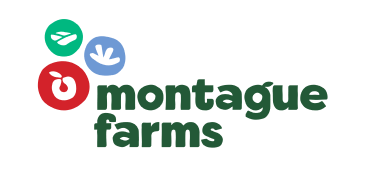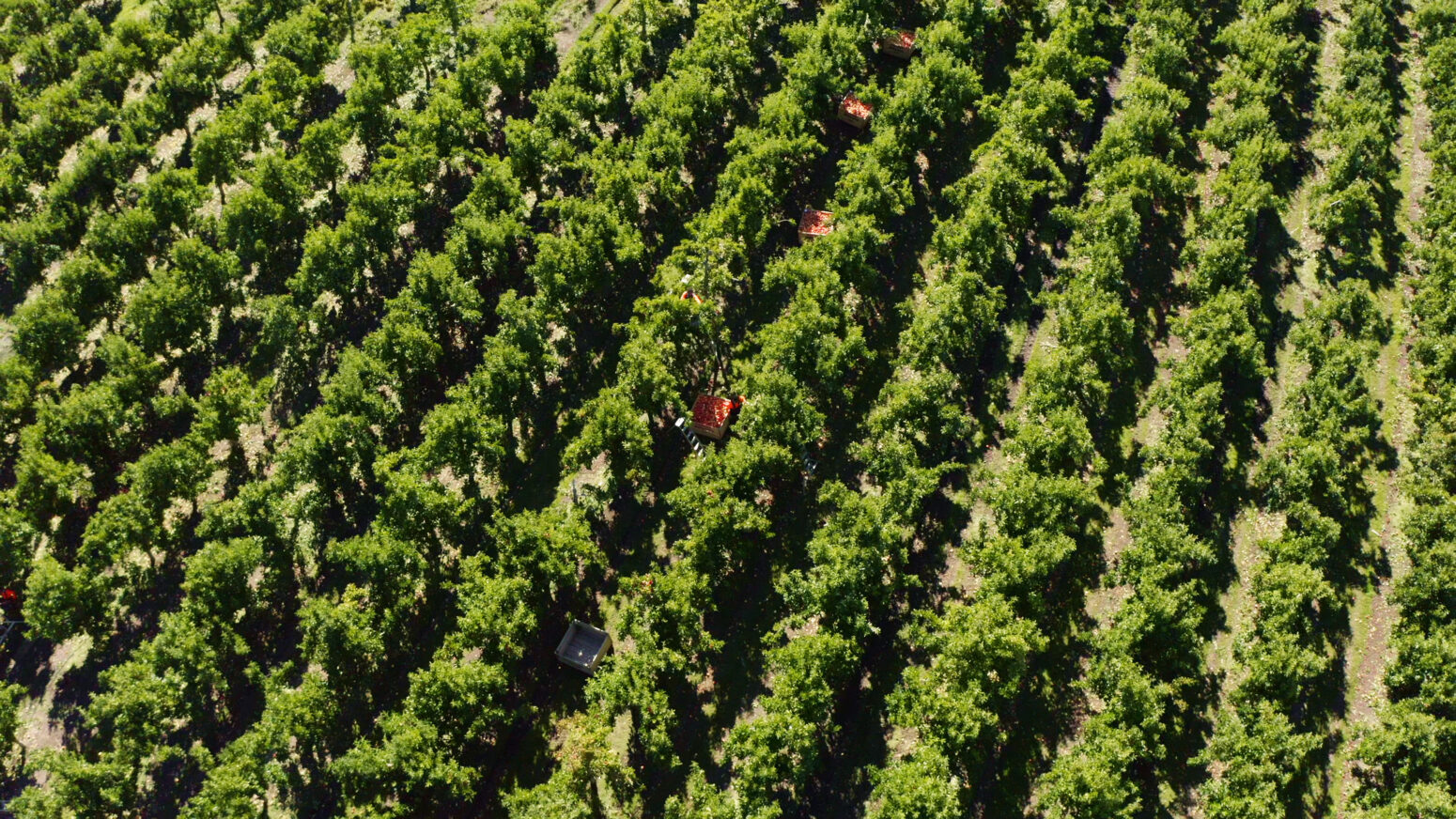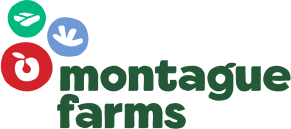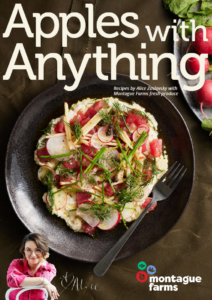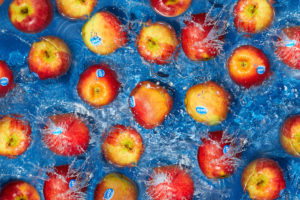Right now in winter, apple trees have entered a resting period where they are dormant. This is to conserve energy and prepare for the upcoming season. During this time, trees stop producing new leaves and fruit, allowing growers to focus on pruning and maintaining the orchards. Then, when spring arrives, blossoms will grow, and then come summer and autumn, apples!
Winter pruning and maintenance ensures the health of the fruit. But what about when fruit has grown, how is it protected from pests such as birds?
Maintaining our orchards is crucial to ensuring high-quality produce reaches your fruit bowl. At our orchards, we employ several effective methods to prevent birds and pests from compromising our fruit.
Montague Farms Technical and Field Services Coordinator Molly Hunter knows these methods like the back of her hand!
Molly, what are our bird prevention strategies?
Some blocks across our farms have in-built netting which prevents birds from entering the block and has other benefits such as preventing heavy rain, hail, and sun burn affecting the fruit. These are expensive - but vital! - to set up as they require large wooden posts to be concreted deep into the ground and then the nets are kept up through a high-tension rope that is bolted into the ground and can usually cost up to $70,000 per hectare. These are usually installed over blocks of fruit that we receive high returns for, the remaining blocks will either be left open or covered with drape net which are manually laid out every season. Other than the physical barrier of netting, we have recently trialled hanging reflective bird scaring tape in our trial block at Narre Warren to deter birds from entering the block. This so far has proven successful!
What about pest management techniques?
To prevent pests, we primarily rely on the use of pesticides including insecticides and miticides, as well as other Integrated Pest Management (IPM) strategies such as pheromone traps which target pests such as carpophilus beetle. We also use biological control methods which is where we release and nurture beneficial insects as these are known predators of certain orchard pests. An example of this is managing codling moth numbers through releasing a natural enemy, which is a parasitic wasp species. To support these beneficial insects, we mow every second orchard row so that they have a habitat and food source of insects that exist amongst the grass. We will also ensure our sprays are not damaging to beneficial insects and are not excessively sprayed to reduce beneficial insect numbers and cause resistance to the pests we are aiming to target.
What happens if birds enter the orchard?
Despite our strongest efforts and as a large proportion of our orchards have open sides on the netting, it is expected that birds exist amongst our orchards. However, any fruit that has evidence of being pecked or scratched by a bird will be dropped to the ground in the picking process, allowing it to decompose back into the earth. The grader system installed in our packing facility uses high-tech light sensors and photographic imaging to grade out even the slightest of damaged fruit, where after this, multiple graders will double check this fruit and pull out any fruit that does not meet strict specification. We ensure that any pest damaged fruit is not included in our final product, where anything that makes it into the packing facility is washed, cleaned, and then graded to ensure they meet the highest food safety standards.
There you have it. Quite a lot goes into ensuring the prevention of pests in orchards, thanks to passionate team members and fruit enthusiasts like Molly!
Have a question about orchards? Contact us via the enquiry form!
